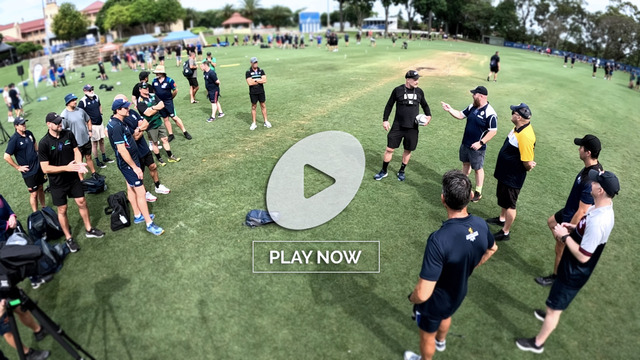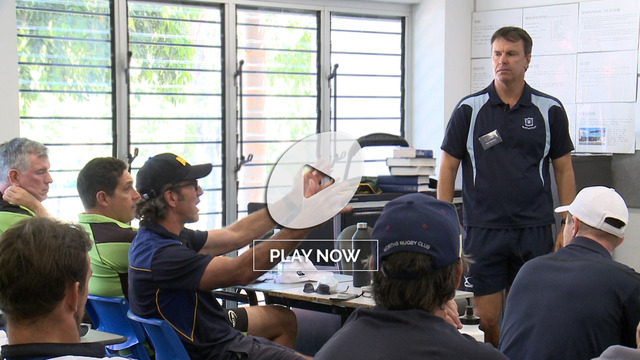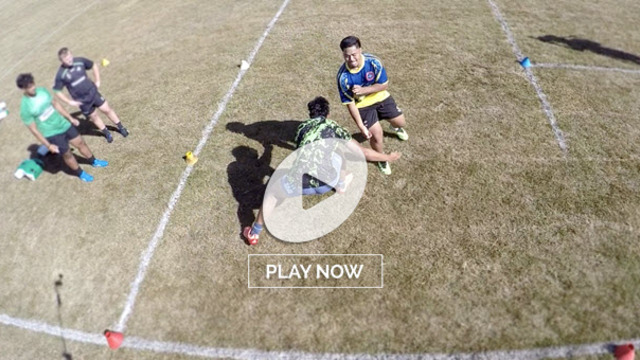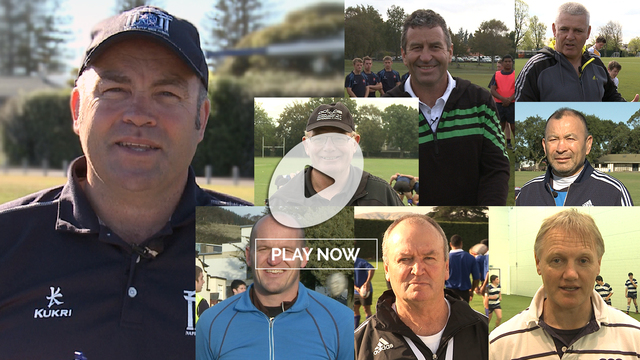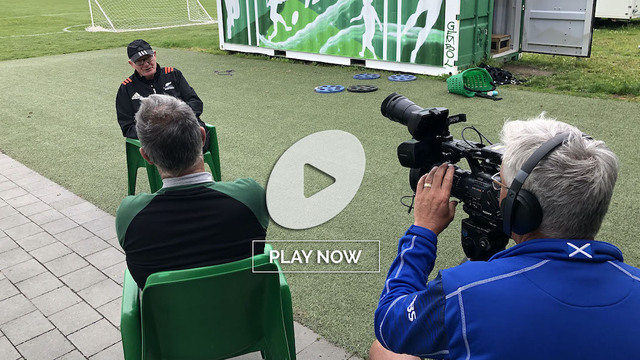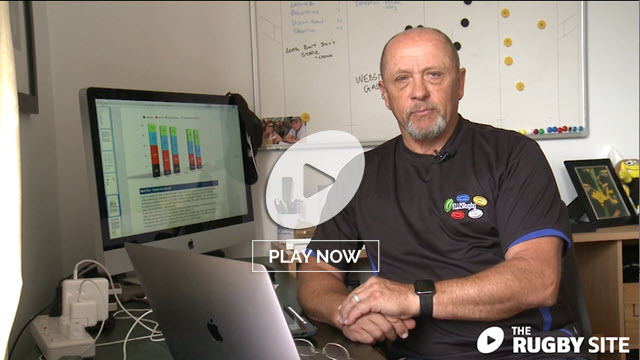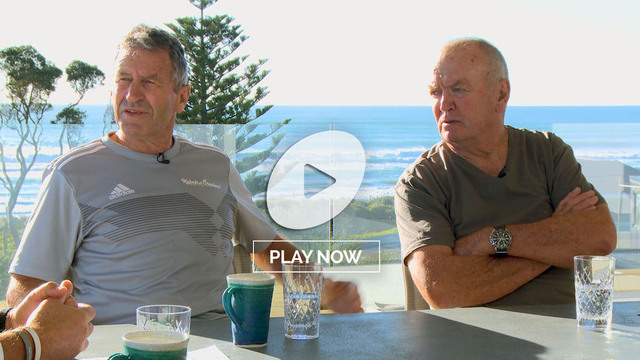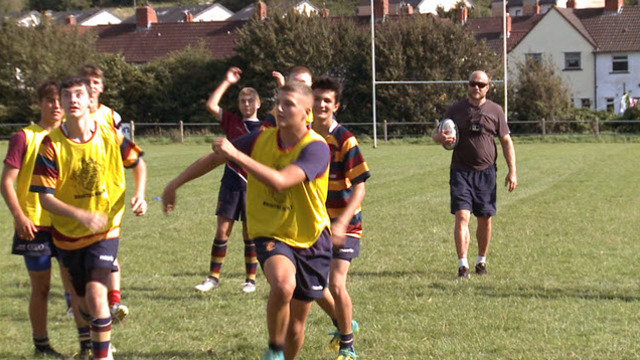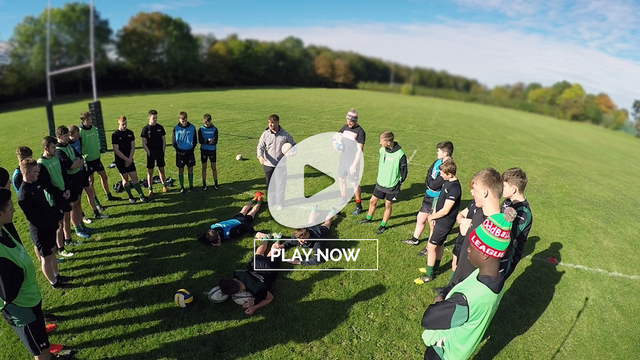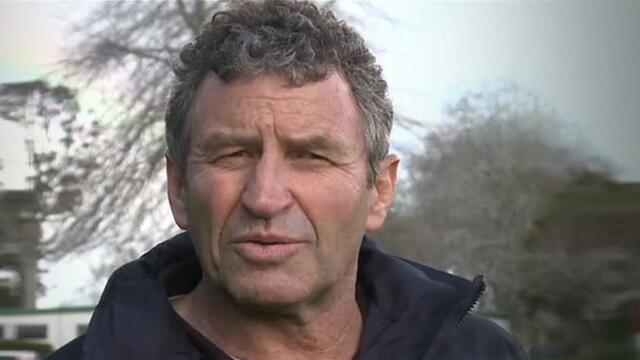Why England are reaching a winning consensus
“The players showed flexibility, adaptability and courage after having to abandon the game-plan minutes in… (They) did exceptionally well, the senior players regrouped and came up with another plan and played to the conditions and I thought it was outstanding.”
That is how England coach Eddie Jones described England’s performance after their third win of the Autumn series against Argentina. England had played all but five minutes of the game without wing Elliot Daly, who was sent off for tackling a player in the air.
The values that bubble to the surface of that short quote are the same as those described by Sir Graham Henry in his module on Constant Improvement
In this module, the All Blacks’ world cup-winning coach in 2011 talks of the difference between what he terms ‘directive’ coaching and the ‘consensus’ version: “You need to change with the personnel you’re coaching… (The way forward now) is consensus coaching. Get the players involved in their own coaching. It’s more difficult, it takes longer, but it’s much more successful than you being directive, authoritarian and telling them what to do. The world of coaching has changed – it was ‘you’ and ‘them’, now it’s ‘us’…“
Graham goes on to discuss the influence of Carwyn James (the British & Irish Lions winning coach in New Zealand in 1971) on his career, highlighting his ability to involve senior players in the management of the tour and the book which followed it afterwards, The Lions Roar.
In the early days of his career as an international coach, Eddie Jones was known as an authoritarian type – prescriptive and detailed to the point of obsession. His comments after the Argentina game illustrate how far Jones has come as a coach in his ‘second lifetime’ at the very top of the game.
He takes pride not in the execution of the original game-plan, but in the senior players’ ability to take responsibility for change, and adapt to the conditions after Daly’s early departure. There is no sense of ‘me’ in what he says, only ‘us’.
In other words, Eddie Jones has moved with the coaching times and reinvented himself, just as Graham Henry had to do when he returned to New Zealand in 2002. His coaching sessions follow the same model – short, sharp, exhausting (they seldom last more than an hour) and continually requiring the players to adapt to changing circumstances. Disciplines are performed ‘on the move’ and momentum has to be sustained within them, they are never static set-pieces.
The ultra-smooth transition between Eddie Jones and his processor Stuart Lancaster has become self-evident now, even if it was unexpected in some quarters. Jones has not felt the need to change any of Lancaster’s players, and the cultural requirements Graham Henry talks about in part 3 of his discussion were already there – the drive for integrity, collaboration and connection, the desire for excellence on and off the field.
Now England’s players are becoming more self-reliant, which is another way of saying that they are becoming better at showing leadership under pressure. By the time of the 2019 World Cup, key individuals like scrum-half Ben Youngs and captain Dylan Hartley will have around 100 caps each, Owen Farrell will have 80 and Billy Vunipola 70. It is the experienced, self-reliant core around which World Cup winners are built.
At the same time, the core skills and game understanding within what Graham Henry calls ‘I.P.P’s’ (individual player profiles) are improving steadily. Halfback Ben Youngs’ performance against Australia was a true master-class of halfback play.
Youngs’ success derived from his ability to read the game and tailor his actions to the requirements of the moment – and that applied especially to his kicking game.
In this first example, England have hardly touched the ball for the first sixteen minutes. Australia are 10-0 ahead on the scoreboard, having scored one try and had two others rejected by the TMO.
Youngs box-kicks short from the exit zone, and shorter than the norm of around 28 metres. He wants to decrease the chances of Australia’s outstanding high-ball receiver Israel Folau making a successful catch by giving him further to run to the target area. So the ball only travels about 18 metres in the air, and England wing Marland Yarde gets there just ahead of Folau to win first touch. England win a penalty on the following phase to lift the siege. This represents both a core skill performed with excellence, and good game-understanding – Youngs knew that England needed possession of the ball above all else at that moment in the game.
The second example demonstrates Youngs’ ability to adapt his kicking game to the situation at hand:
This is a potentially dangerous scenario for England. They are stuck in midfield within their own 22, and as Youngs shapes to kick out to the right there are only three England chasers trying to cover roughly 30 metres width to that side of the field – a loose-head prop, a blind-side flanker and the play-side wing. At the same time the likely receiver is Israel Folau, one of the best kick-returners in world rugby.
If the kick stays infield, Folau will have an attractive countering opportunity; if it finds a short touch, Australia will have an attacking lineout around the England 30 metre line. Youngs finds the one square metre of real estate where England can feel comfortable, the ball landing just over the touch-line near halfway, in a position where Folau can neither return the kick nor take a quick lineout.
The third and final example is an excellent illustration of self-reliance in action.
England have been awarded a penalty only 15 metres from the Australian goal-line, and Youngs immediately sees that a response outside the normal range (kick for goal or a 5m lineout) is possible. Michael Hooper has turned his back, Kane Douglas has not retired from the mark, and only Nick Phipps appears alive to the danger. This means Youngs will have a one-on-one if he sees the opportunity and acts quickly enough on it. He takes the tap without hesitation and dummies Phipps with aplomb to score at a crossroads in the match. Where the result had been in the balance at 20-16, England suddenly look comfortable with an eleven point lead going into the last half hour of the game.
Dwight D. Eisenhower once defined leadership as “the art of getting someone to do something you want done because he wants to do it”. It is this art which Eddie Jones seems to have cultivated with his English charges, and the players are clearly thriving on the responsibility.






